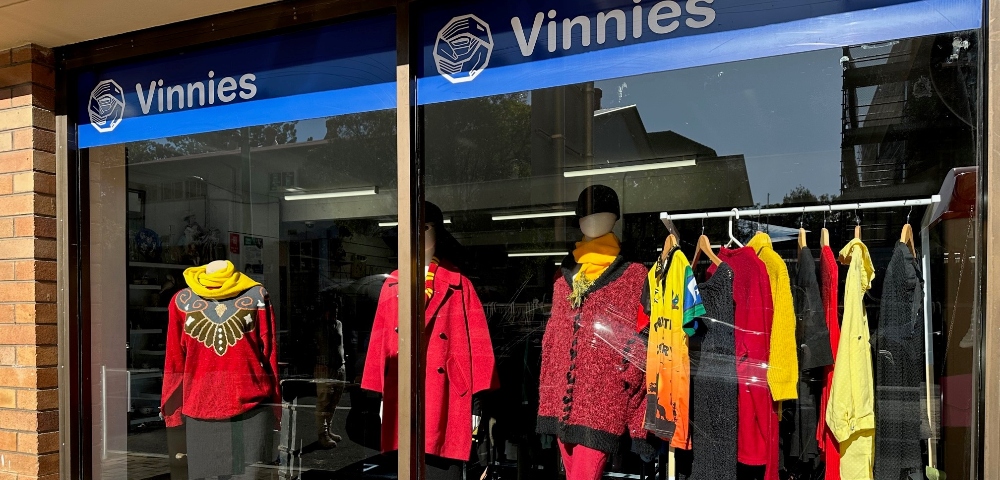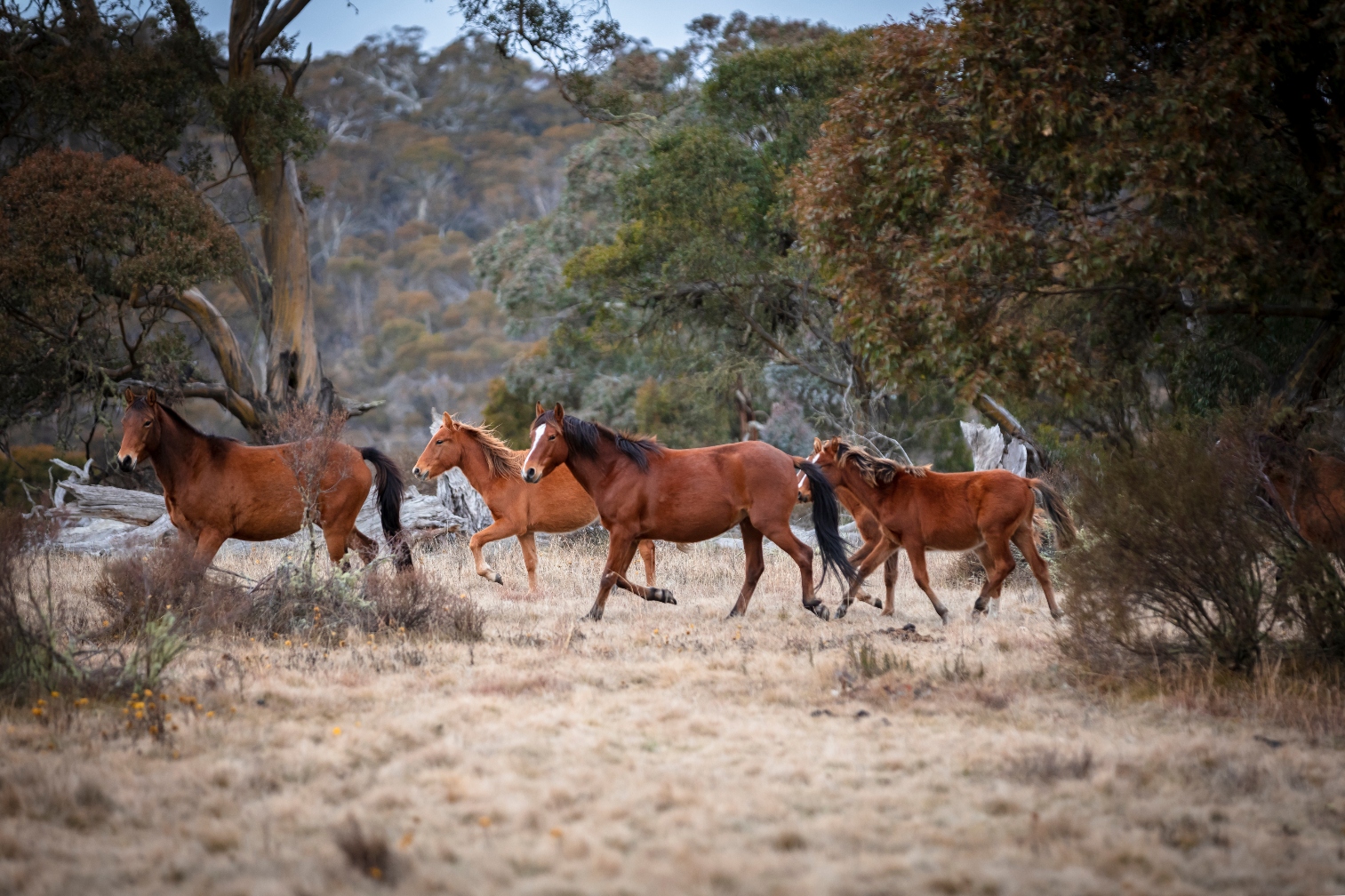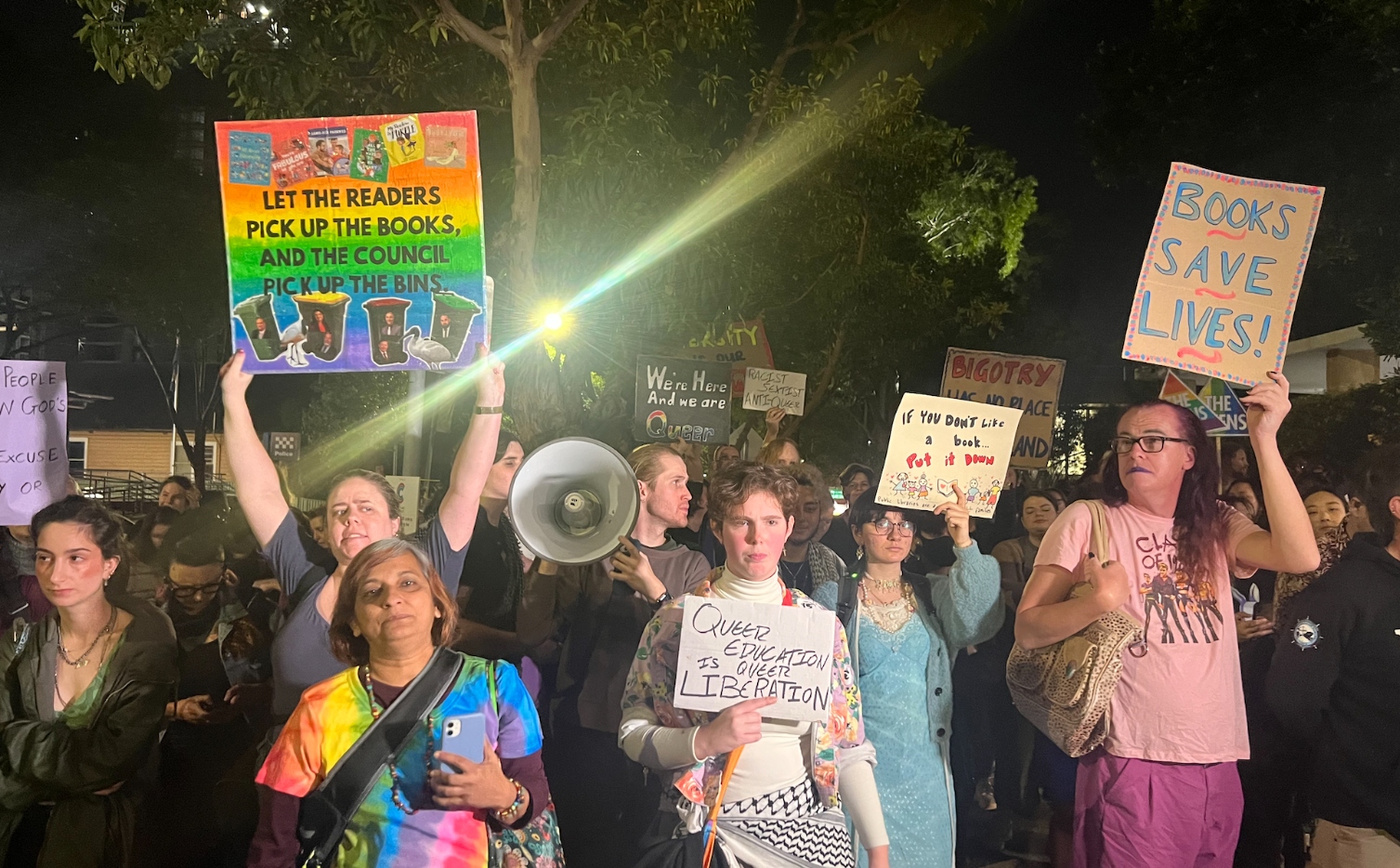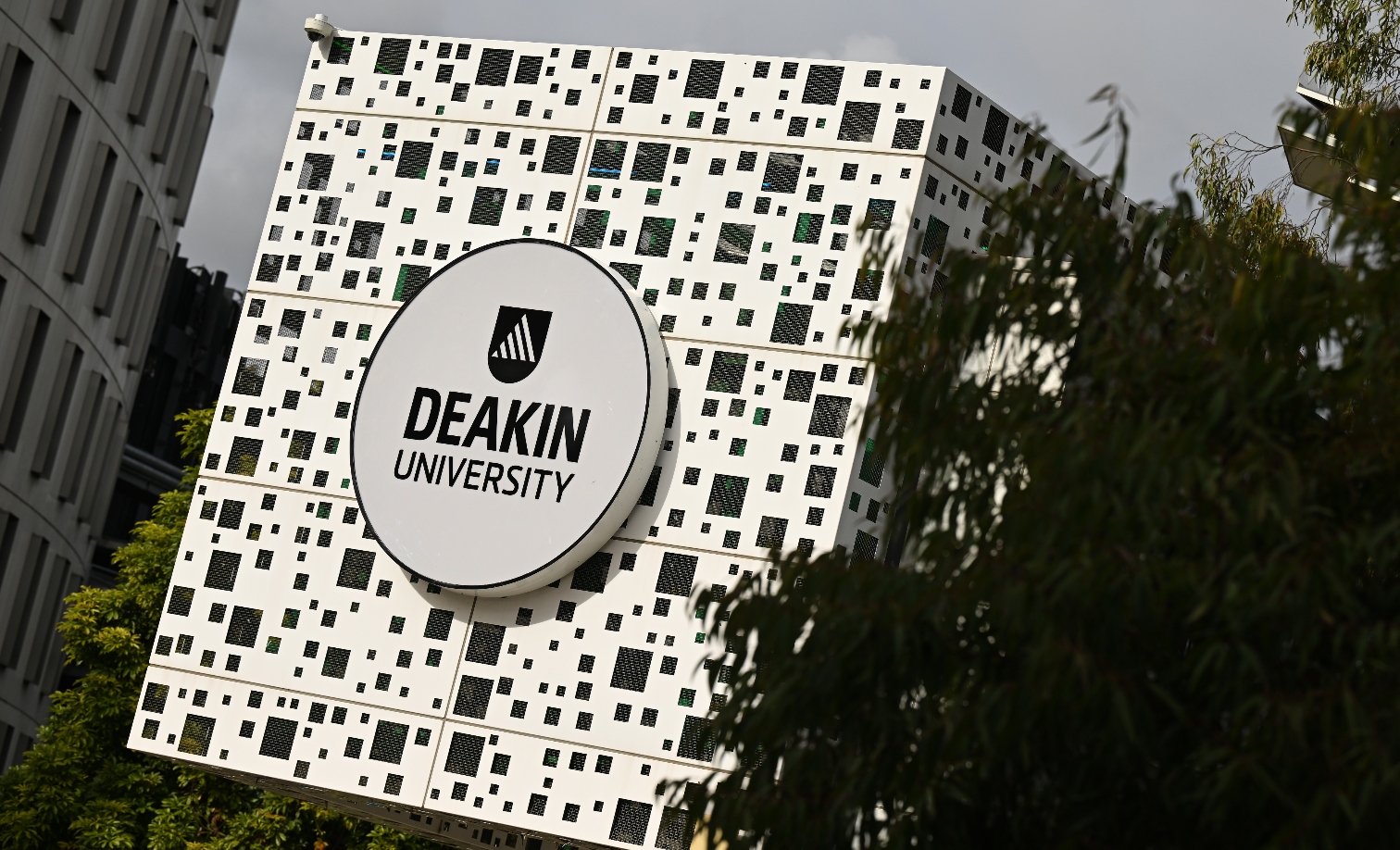

By ABHA HAVAL
During National Homelessness Week, Australian experts have emphasised the growth in the number of young people at risk of being homeless each day. Homelessness experts believe the rise in people seeking shelter is due to the impact of cost-of-living pressures and mental health issues among young people under the age of 25.
The demand for assistance from homeless shelters and housing services has increased consistently over the past year due to the worsening housing crisis, shortage of affordable housing, inadequate income support payments, and specialist services have entered a breaking point as a result of reaching capacity.
The most recent census data from the Australian Bureau of Statistics (ABS) shows 122,494 people experienced homelessness as of 2021 which is a 5.2 percent increase since 2016. The age group analysis shows 23 percent of all people experiencing homelessness fall between the group of 12 to 24 years.
Foundations and charities advocating for the homeless community and providing services have shed light on the increasing demand for secure stable accommodation during this national week of awareness which runs from 7 August to 13 August.
Yolanda Saiz, CEO of St Vincent de Paul Society NSW, said, “the society’s capacity to meet the soaring demand for assistance has concerningly been stretched with unassisted requests for support from our homelessness and housing services increasing by 81 percent to 2,690 over the past year.”
St Vincent de Paul Society NSW had a 4.9 percent increase this past year assisting 9,024 people seeking shelter and housing services.
“We’ve been able to secure stable accommodation for 53 percent of people supported by our Specialist Homelessness Services, 50 percent of clients at risk of homelessness were assisted to maintain housing, while 40 percent of people who were homeless prior to receiving support are now in stable housing.”
The data released this year on census night in 2021 shows 28,000 young Australians between 12 and 24 years were homeless. Of those, 27 percent were young females living in supported accommodation and 10 percent were living with other households. More than half (52 percent) young males were found staying in severely crowded dwellings, 15 percent in boarding houses, and 2 percent were sleeping rough.
Saiz explained, “more than 57,000 applicants (the equivalent of 125,000 people) are currently on the waitlist for social housing in NSW.”
Domestic and family violence found to be the driving force of young homeless people
At St Vincent de Paul Society NSW, the leading reason for people seeking housing services is due to domestic and family violence accounting to 29.1 percent of the homeless population.
The Lighthouse Foundation is a youth-focused centre focusing assisting young homeless population which has doubled in Australia in the last decade. 1 in 7 people experiencing homeless are under the age of 12 years, and 1 in 5 are Aboriginal and/or Torres Strait Islander people.
Dr Eamonn McCarthy, CEO of Lighthouse Foundation, told City Hub, “amidst a mental health crisis, we are seeing family violence numbers increasing and unexpected circumstances pushing more children, young people and families at the brink of homelessness.”
“It’s become clear that the foundations and other care services are needed more than ever before.”
“With more than 90 percent of our revenue for youth-focused services, coming from philanthropic and general donations, we simply could not deliver our care without the community’s support.”
“The fact that 37.4 percent of people experiencing homelessness are aged between 0 to 24 highlights how important it is to end youth homelessness,” he said.
“The Australian government’s plan to build social housing will certainly assist the increasing need, however there is an urgent need to develop a national plan to address child and youth homelessness that addresses the systematic issue.”
“We recently launched a preventative outreach program called Community Connect… to reach more kids in need where they need it while they are struggling or barely maintain their current housing.”
Lack of housing services has caused shelters to turn away the homeless
Shelter NSW has taken the opportunity to create a pre-budget submission to the NSW government regarding their growing concerns with homelessness. The challenges to the provision of social housing is a key concern for Shelter NSW.
The report mentions that close to 50 percent of the 47,000 people seeking shelter from the Specialist Homelessness Sector (SHS) in 2020-21 were turned away. The situation has only worsened since 2016 when 15,471 people had the same experience.
A spokesperson for Shelter NSW said, “imagine being brave enough to front up to a refuge declaring yourself homeless only to be turned away, and imagine being a worker in this stretched sector having to do that day after day.”
“The Office of NSW Auditor-General found the reach of SHS services to be limited with only 34 of 128 local government areas receiving the needed support.”
“The pandemic proved the old adage – that the best way to help some not be homeless is to give them a home,” she said.
“Responding to acute housing stress and homelessness in a crisis mode is expensive and inefficient for the government and the community sector. Preventing homelessness and chronic housing stress is smarter and fairer.”
“Only government has the power, resources and policy mechanisms to address this.”
“At Shelter NSW, we believe that growth should be fair and inclusive – improving the life of all people. NSW Treasury forecasts that NSW needs an average of 42,000 average homes every year over the next 40 years.”
“A substantial expansion of the social housing dwellings over the next decade will allow NSW to restore the social housing safety net of 5 percent of all housing stock and work towards 10 percent of all stock by 2040.”
“Without this investment we fear a worsening of damaging homelessness, in all its forms across NSW – a trend that will eventually demand a significant and expensive response and more generally, may undermine the sustained recovery of that state.”
NSW Government commits to deliver social housing and drive down homelessness
The NSW Government has reaffirmed this week its plan to bring down homelessness numbers by delivering more and better social housing. It also wants to increase support services. But inconsistencies have marred the state government’s track record thus far.
Minister for Housing and Homelessness Rose Jackson said, “the NSW Government have inherited housing system that is broken after over a decade of neglect. This week we are reinforcing our commitment to make NSW a place where everyone has access to safe and secure housing, and where experiences of homelessness are rare, brief and not repeated.”
“Our priority is to built more homes across the state to get people off of the housing waitlist and into safe and secure shelter.”
“You can’t solve homelessness without housing, which is why we’re creating Homes NSW, auditing NSW Government land to identify options for more housing, freezing the sale of public housing, and appointed a Rental Commissioner to be a voice for renters.”









